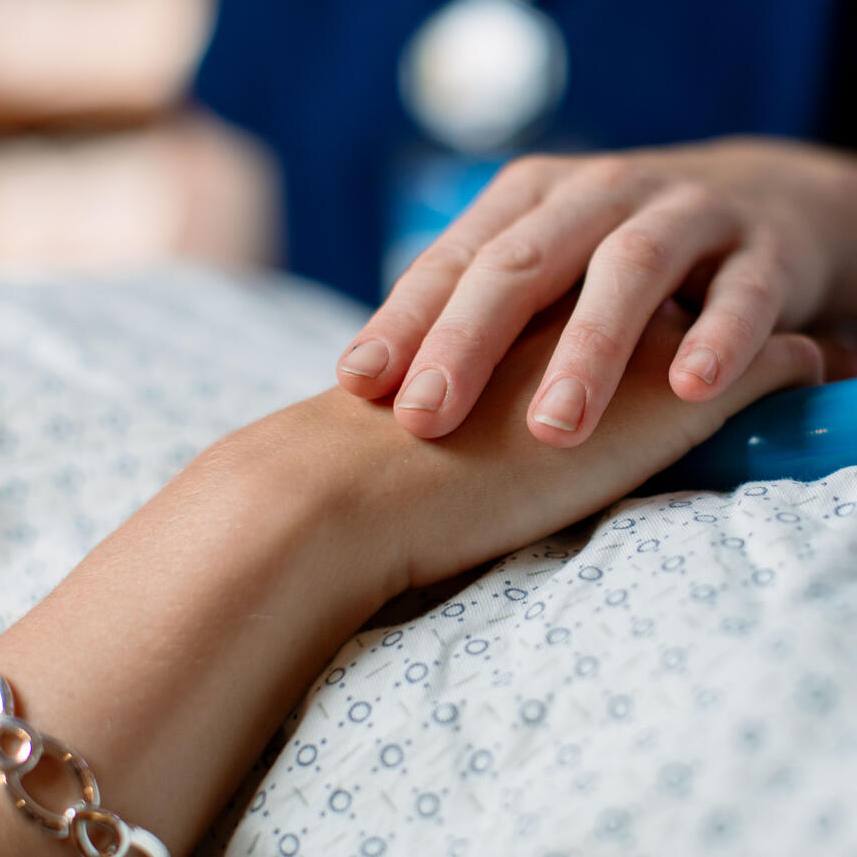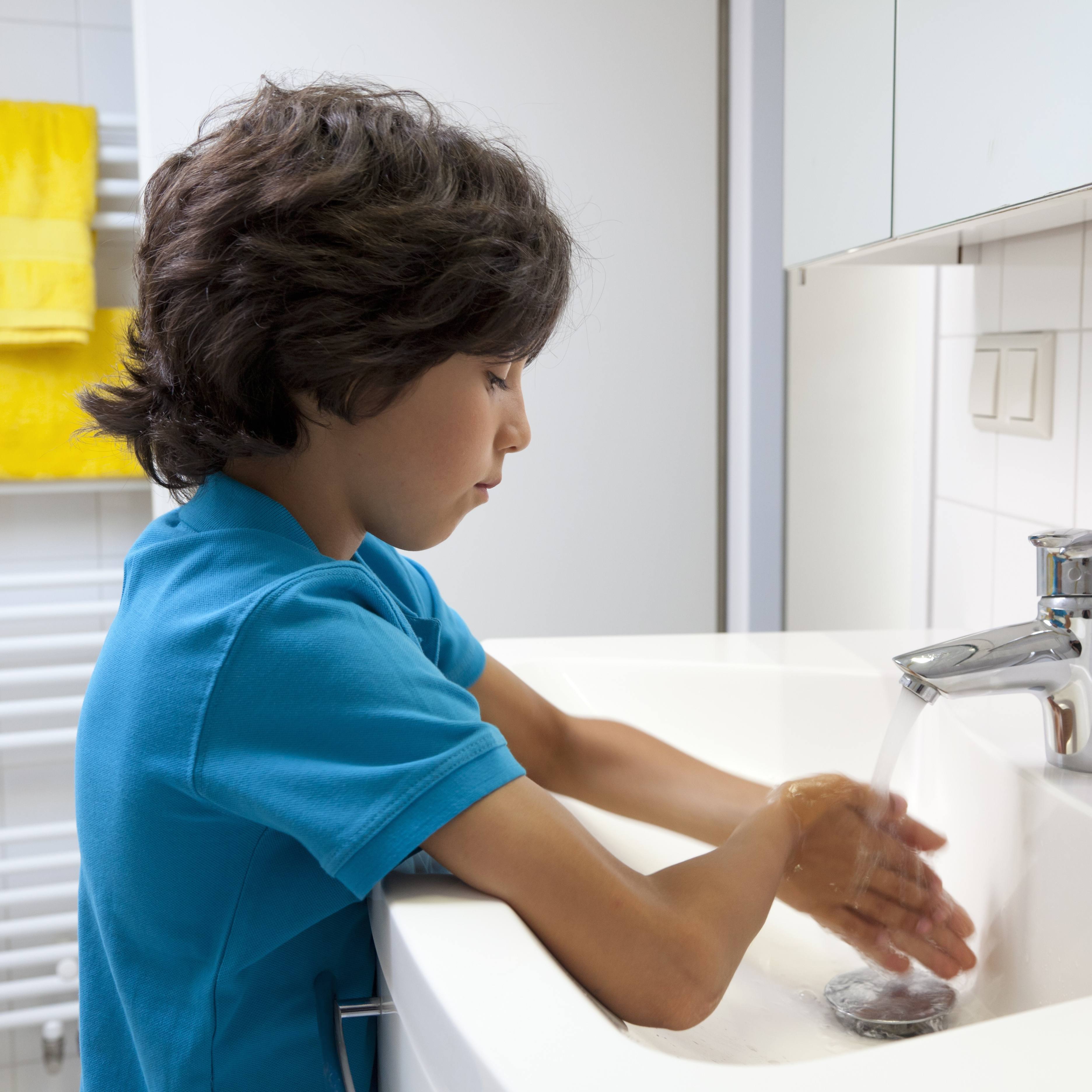-
Mayo Clinic Minute
Mayo Clinic Minute: Light therapy can help with seasonal affective disorder
Adding the cold, dark days of winter on top of holiday stress can do a number on a person's mental health. It could lead to seasonal affective disorder ― a type of depression that's related to changes in seasons.
Dr. Craig Sawchuk, a Mayo Clinic psychologist, says one of the most effective treatments for seasonal affective disorder is exposure to artificial light or light therapy.
Journalists: Broadcast-quality video (0:56) is in the downloads at the end of this post. Please courtesy: "Mayo Clinic News Network." Read the script.
For those looking to flip the switch on feeling down during the winter months, Dr. Sawchuk suggests giving light therapy a try.
"Light therapy is one of our effective treatments that is actually really easily tolerated," says Dr. Sawchuk. "Rarely do people have side effects with it. And it's a pretty portable type of intervention.
Light therapy is thought to affect brain chemicals linked to mood and sleep, easing symptoms of seasonal affective disorder.
Dr. Sawchuk recommends using a 10,000-lux light box or lamp within the first hour of waking up for about 20 minutes.
"That tends to be about the sweet spot of exposure to that light. You want to make sure that the light is sitting about an arm's length or so in front of you. You don't have to stare directly at the light, but you want to keep your eyes open. So you could be doing things like having breakfast or a cup of coffee, watching TV, or working online," says Dr. Sawchuk.
He encourages people to continue using light therapy into the spring or whenever their mood starts to naturally improve.
For the safety of its patients, staff and visitors, Mayo Clinic has strict masking policies in place. Anyone shown without a mask was recorded prior to COVID-19 or recorded in an area not designated for patient care, where social distancing and other safety protocols were followed.







